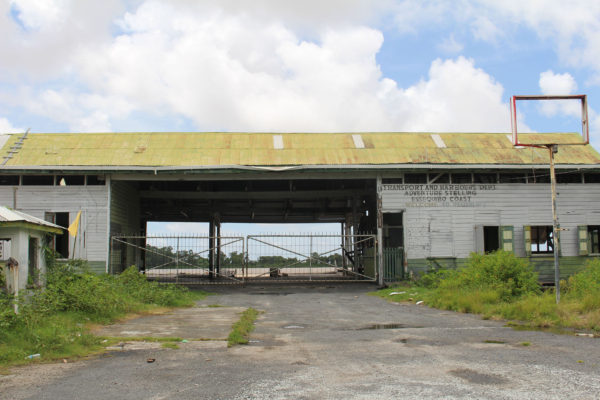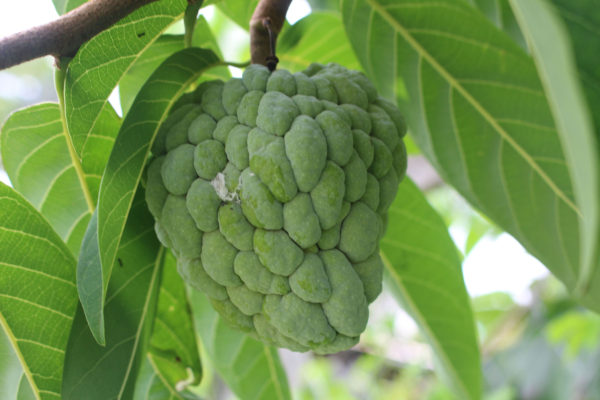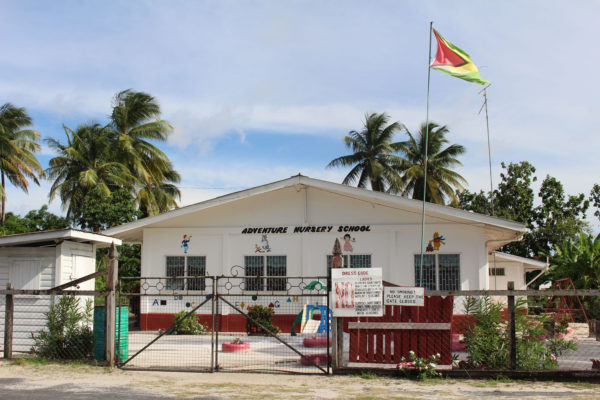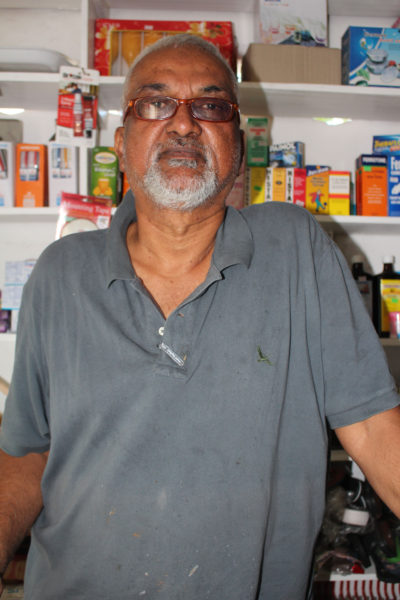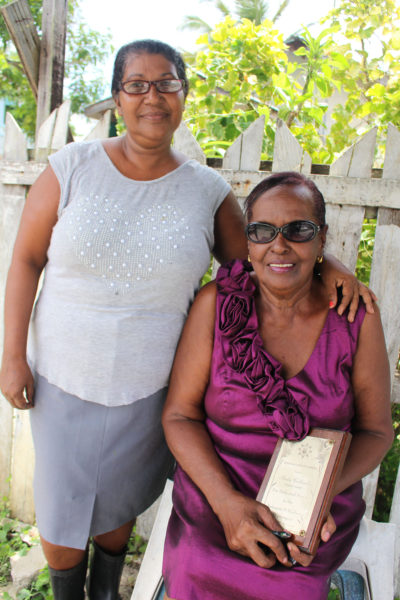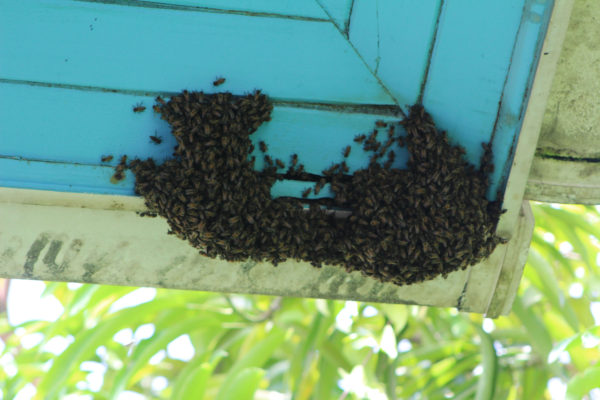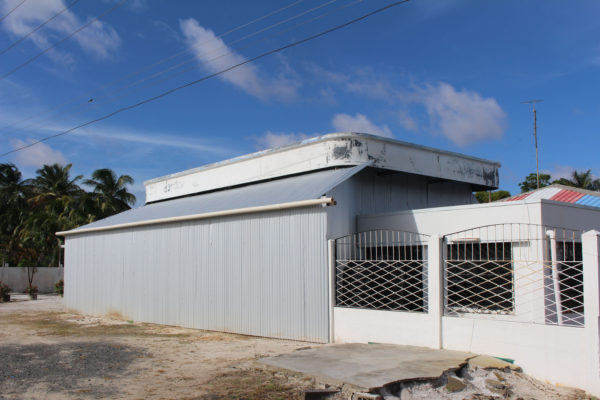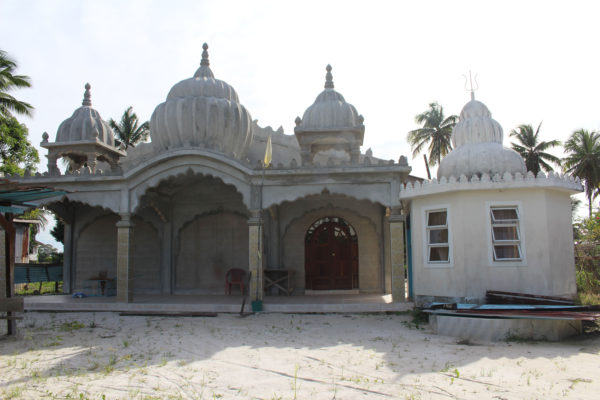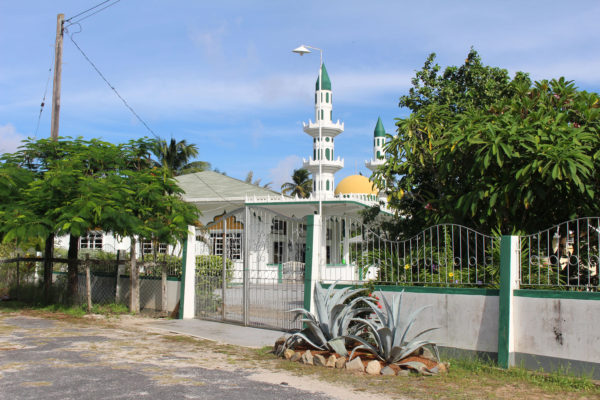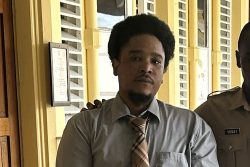Photos by Joanna Dhanraj
Adventure on the Essequibo Coast is still affiliated with the former ferry stelling. Just about everyone on the coast knows where the village is. And while many persons from villages before Adventure voice their gratitude for the stelling being relocated to Supenaam, Adventure residents say its removal has turned their once bright village into a sleeping one.
The village is said to have existed since the 1800s. It gained fame in 1954 with the publication of Gerald Durrell’s novel Three Singles to Adventure, which chronicled his expedition to what was then British Guiana, to find a living collection of birds, mammals, reptiles and fish.
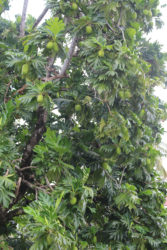
No one seemed to have an idea of the average population. However, residents said that in Adventure there is another place called ‘Sand Top’ situated a few miles in, beyond the rice fields.
Sometime ago when the World Beyond Georgetown was visiting Good Hope, a very friendly Lorraine Persaud working at Good Hope Stelling made us promise to return sometime and visit Adventure.
Coincidentally, the first villager this reporter happened to meet was Lorraine’s mother, Sheila Callender.
She lives in the street called Stelling Road. She is the oldest person in her street and was the first female security guard to have worked at the Adventure Stelling.
The 70-year-old woman was born in Adventure and she said her mother was born there as well. Her grandmother, who came from India, lived there also.
“My grandmother used to work at the ‘bun heap’. They used to fetch mud in trays on their head and carry it to the bun heap; from the heap they build dams,” Callender said.
When she was a girl, Callender and other villagers got water from the Archie and Bascom ponds which they used for washing, bathing, cooking and drinking. “My mother used to got we small. She got a bucket on she head and we following with we lil saucepans. We used to use a hooker stick with the saucepan tie to the bottom of it and we used to pull it up and full up our buckets. It used to had a rush, man. People always at the pond,” she reminisced.
“My mother used to carry we clothes down to the pond. Mommy used to wash them right there, then we used to hang it out on the trees and wait for them to dry.”
Today, Adventure has necessary utilities such as potable water, telephones and electricity, but back when Callender was a girl, when there was no electricity, Adventure had a six o’clock curfew. Villagers were not allowed to be out after dark. During those years they got light from their little Diya-like lamps which they referred to as “floating wick lamps.”
“Adventure”, Callender said, “used to be bright when they had the stelling [in operation]. The boats that used to dock there was smaller than the ferry you see today. Two of the boats was the Orange and the Canje Pheasant.”
The retired security guard said she applied for the job after the Transport and Harbours Department had a vacancy. The vacancy, she said, came about after management thought it would be better to have a female guard to deal with the female passengers. During our meeting, Callender displayed a plaque that was presented to her by the Transport and Harbours Department for her eight years of dedicated service (1994-2001). Her parents had worked also with the department, and now so does her daughter Lorraine and two grandsons.
After she retired, she started selling souse, pholourie and juice to passengers whenever the boats came in. Callender said Stelling Road had a bar, a restaurant and hotel and other shops that thrived because of the landing of the boats at Adventure, but when operations at the stelling ended, the businesses died.
Having grown up in a lively little street, she said, it was obvious to her how dreary and less exciting it had become. The GuyOil Depot situated at the end of the street is the only service that keeps the little street busy with vehicles now.
According to the woman, her neighbours are good-natured and are friendly people. She likes living among them. Having recently had cataract surgery at the Georgetown Public Hospital, she has been instructed to do only light work and wear sunglasses until she recovers. She sang praises of her daughter, Lorraine whom she said moved back to live with her to take care of her.
Callender said that though she’s fairly contented with her neighbourhood she wishes that it was provided with street lights. She also made mention of the lot next door. The owners, she said, have migrated and the yard is overrun with bushes, reaching as far as the electricity cables. The building harbours a swarm of bees, which in the past have attacked her daughter and grandchildren sending them running for cover. The woman said she lives in fear of this and although the owners were contacted over and over again, nothing has been done. She wishes that immediate measures can be taken to deal with this dangerous situation.
A neighbour, Sahodra (only name) was also born in Adventure.
“The people are good. The villagers here are very cooperative; something happens and they all reach out,” Sahodra said.
The village, she said, is mainly a rice farming one. She gets fruits and vegetables at the Suddie Market, two villages away and her groceries from a Suddie Supermarket.
Adventure only has a nursery school, Sahodra’s granddaughter travels to Onderneeming, a village away, where Suddie Primary is situated. Apart from the nursery school, the village also has a mosque, a temple and a supermarket among other shops. “If it wasn’t for GuyOil, the street would have been so boring,” said Sahodra.
She believes the Adventure Stelling provided much easier access to boats since the distance was shorter from the stelling to where the boat was docked than it is at Good Hope, where the ferry usually docks. The old stelling she had said made walking the distance easier for sick passengers or persons carrying heavy loads.
However, she added, “All the time I living here; I don’t want to go nowhere else. I born and grow and marry right here.”
Out on the public road, Keith Maxwell Khan and his wife operate a little grocery shop, which a few persons call “the cheap shop”. Khan shared his story of moving to Adventure.
“My father used to work at a factory that produced jams and jellies. The factory was owned by the government and was situated in Queenstown. After a black American named Charles L. Keller bought it from proprietor, Rash Beharry, the factory was relocated in Adventure. We were living in Johanna Cecilia at that time and moved after the factory was relocated,” he recalled. “After a while, Keller had some problems and Arthur George King, the solicitor, sold the factory to my father, John Maxwell Khan. Everything that was done there was done manually. The cost of labour was $2 a day; the cost of living now is more expensive. The cost to produce was more reasonable too. We couldn’t have kept up with the market demands. We produced pine, guava and marmalade jams and jellies. The demand for guava jam from America was for all 12 months, whereas guavas were seasonal and demand wasn’t great enough for pine and marmalade. My father took over in the 1970s and sold out in 1980s. He produced jams and jellies for over 50 years.”
When six-year-old Keith Khan arrived in Adventure he found an area not so populated and its people living in mud and wattle houses with troolie palm roofs. Adventure, he said, was once divided into two sections; the estate and the village. However, today the sections have been integrated into one village. “When I first came here, there was a dam called ‘Truck Line Dam’ where they push paddy in a flat something with wheels. They set up train lines and pushed the paddy on that,” he recalled.
The former mud dams running into the backdams are now pitched roads.
“The difference between the people back then and now; they placed more emphasis on education, unlike today. Now people are more about money. In life it’s not about what you can get out of something but what you can put into it. [Nonetheless], we have good people in the community,” he said.
“I’d like for the village to have a recreational facility and a counsellor to deal with young people. We need somebody stationed at the NDC to advise farmers. The village also needs street lights and proper drainage and irrigation. We need a health post too.
“When we go to Suddie Hospital, there’s a long line to wait… so a health post would be of a good benefit to us.”
Khan now resides in the same building where Rash Beharry once lived.
